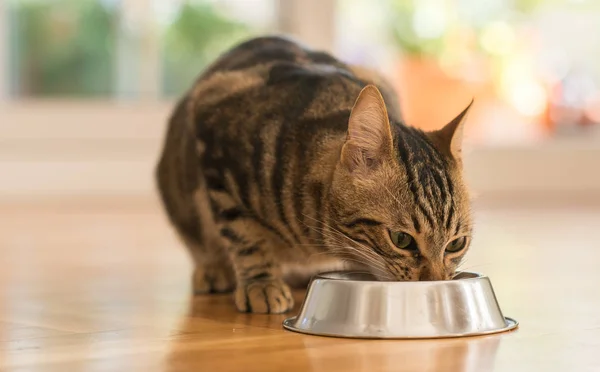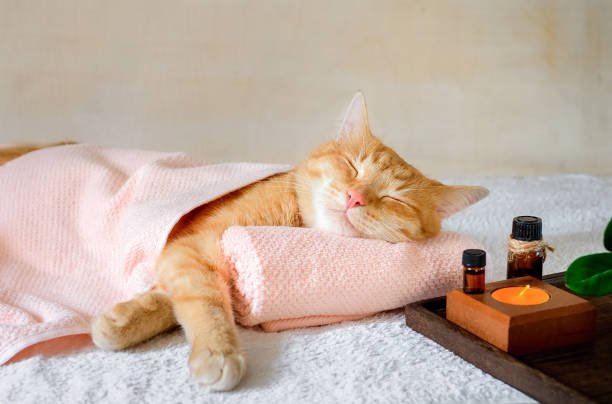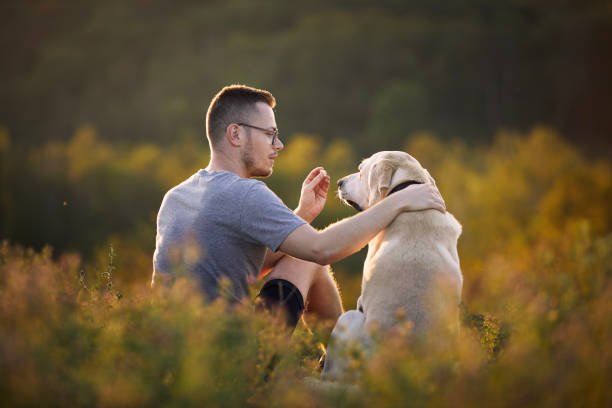1. A Return to Cats‘ Natural Ancestry
One of the biggest reasons raw diets are becoming more popular is their alignment with the natural diet of cats in the wild. Cats are obligate carnivores, meaning their bodies are designed to thrive on animal proteins. For centuries, wild cats have hunted small prey like birds, rodents, and reptiles, consuming them raw. Many pet owners believe that by feeding raw food, they’re returning their cats to a more „natural“ state of health, avoiding the overly processed ingredients often found in commercial kibble or canned foods.
2. Health Benefits Reported by Owners
Many raw-feeding advocates highlight the tangible health improvements they’ve noticed in their cats, which fuels the diet’s rising popularity. Some of these reported benefits include:
- Improved coat quality: Raw-fed cats are often said to have shinier, softer coats with less shedding.
- Increased energy levels: Some cat owners claim their pets show heightened energy and playfulness after switching to a raw diet.
- Healthier weight and muscle mass: Raw diets can help cats maintain a leaner, more muscular physique. This is particularly beneficial for overweight cats or those prone to obesity.
- Improved digestion: A raw diet, especially one rich in muscle meat, organs, and bones, may result in firmer, smaller stools due to fewer fillers and unnecessary carbohydrates. It also reportedly reduces issues like bloating or diarrhea.
3. A Focus on Ingredient Transparency

Raw diets offer a level of transparency that commercial pet foods sometimes lack. Many cat owners are increasingly concerned about the quality and sourcing of ingredients in processed cat food. Commercial brands can sometimes use low-quality meat, fillers, artificial additives, and preservatives. Raw feeding allows pet parents to have control over exactly what their cats are consuming, ensuring high-quality, fresh ingredients with no hidden additives. This transparency resonates with pet owners who are mindful of what they themselves eat and want the same for their pets.
4. Addressing Concerns About Processed Foods
In human nutrition, there is growing awareness of the negative effects of heavily processed foods. This same logic is often applied to pet diets. Commercial pet foods, especially kibble, undergo high levels of processing, which can strip essential nutrients from the ingredients. While these products are supplemented with vitamins and minerals to meet dietary requirements, some cat owners feel that the quality of nutrition in processed foods simply doesn’t compare to fresh, raw ingredients.
Additionally, the high carbohydrate content in many commercial cat foods can contribute to health problems like obesity, diabetes, and inflammatory conditions. Raw diets are naturally low in carbohydrates, making them appealing to those looking to promote better long-term health in their cats.
5. Customization for Unique Needs
A significant advantage of raw feeding is the ability to tailor the diet to meet a cat’s individual health needs. For example, cats with food allergies, digestive sensitivities, or specific health conditions can benefit from a raw diet that eliminates problematic ingredients and focuses on high-quality, species-appropriate nutrition. Customizing the balance of muscle meats, organs, bones, and even supplements allows owners to target specific health concerns and dietary requirements.
6. Increasing Availability and Education
As interest in raw diets grows, there are more resources available to educate cat owners on how to feed raw safely and effectively. Many pet stores now carry pre-packaged raw food options, making it easier for pet owners to provide raw meals without having to prepare them from scratch. These products are often carefully balanced and include guidance on how to transition cats safely from a kibble-based diet.
Moreover, veterinary nutritionists and holistic vets are providing more support and advice for raw feeders. With a rise in knowledge and accessibility, pet owners are increasingly confident in making the shift to raw diets.
Things to Consider Before Switching to a Raw Diet

While raw diets have their benefits, there are also important considerations to take into account before making the switch.
- Safety Concerns: Raw meat can carry harmful bacteria like Salmonella and E. coli, which could pose risks to both pets and humans. It’s essential to practice proper hygiene when handling raw meat and ensure it is stored and prepared safely.
- Nutritional Balance: While raw feeding offers many benefits, it is vital to ensure the diet is nutritionally complete. Cats have specific nutritional requirements, such as taurine, calcium, and fatty acids, that need to be met. A poorly balanced raw diet can lead to deficiencies over time.
- Veterinary Guidance: Not all vets are in favor of raw diets due to the potential risks, so it’s important to consult with a veterinarian—preferably one knowledgeable in feline nutrition or raw feeding—before making any drastic dietary changes. They can guide you in creating a balanced diet that’s safe and healthy for your cat.
- Transitioning Slowly: Cats can be notoriously picky eaters, so transitioning from kibble or canned food to raw should be done gradually. Start by mixing small amounts of raw food with their regular diet and gradually increase the proportion over time.
Conclusion
The rise in popularity of raw diets for cats stems from a combination of factors, including a desire to return to more natural feeding habits, reported health improvements, and concerns over the quality of commercial pet food. While raw diets can offer numerous benefits, they are not without risks. It’s essential to approach raw feeding with careful planning, ensuring your cat receives a balanced and safe diet.
As with any significant dietary change, it’s always best to consult with a veterinarian to ensure that raw feeding is the right choice for your cat’s unique needs.
By understanding the potential benefits and challenges, you can make an informed decision about whether a raw diet is the best choice for your feline companion.




